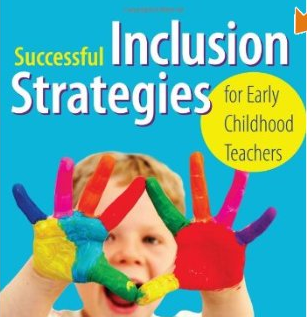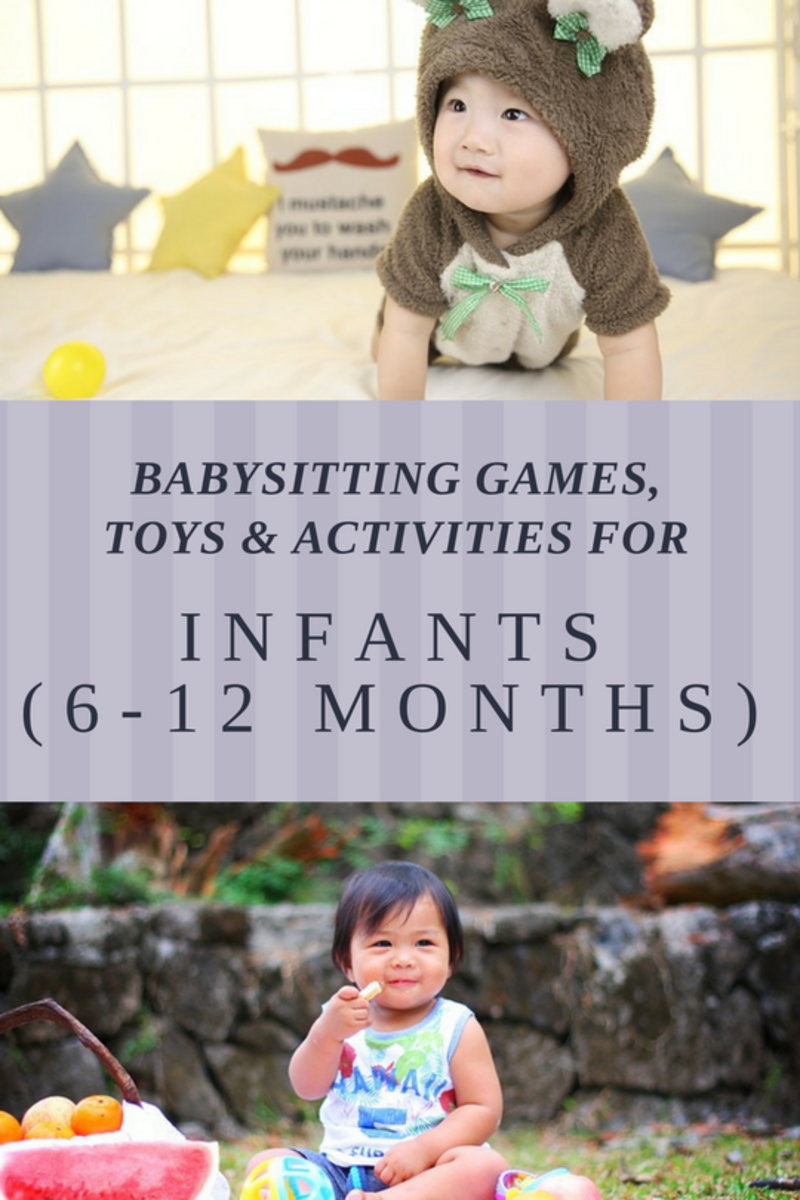Inclusive Learning Environments for Preschool Children with Special Needs.

What is Inclusion?
Every individual is equal before and under the law and has the right to the equal protection and equal benefit of the law without discrimination and, in particular, without discrimination based on race, national or ethnic origin, colour, religion, sex, age or mental or physical disability.
Inclusion is the belief that children with disabilities should have the right to participate in normal education alongside other children in society.
This belief is based on this education system better meeting the child's developmental needs, “it is the basis of what we want or society to look like” (Biklen, 1985, p.3). Biklen (1985, p.3) states that “including children in the mainstream means a belief in communities and schools where every person is a valued participant.”
It means accepting differences, uniqueness and learning about our sameness, and humanness.
Inclusion is not about physical proximity or socializing together for set times, but as participating full time in all regular classes, unless it is clearly not in the best interests of the child.
The early childhood curriculum is designed to be inclusive and appropriate for all children, and centres should have strategies to accommodate and develop special needs children.
Although the Ministry of Education is supportive, it is not prescriptive. As staff become better trained in the needs of all children, they may feel more confident in accepting children with disabilities into preschools. The more students are involved with families with disabled children the more confident they feel about their teaching.
A study done using early childhood students by Ballard, (1990) suggested that by spending time with children with disabilities and their families, the students may have increased understandings that support inclusion. This study helped parents feel that professionals understood them and their child better; they also felt they were helping educate the teachers and other professionals (Ballard, 1990).
Research also shows that putting children with and without disabilities in physical proximity helps them all develop positive attitudes towards each other (Towfighy—Hooshyar and Zingle 1984)
Inclusion in preschools can lead to a smoother transition into primary school, and it also exposes other children to differences and makes them a normal part of their environment. Inclusion doesn't just mean including children with disabilities, it means including everybody no matter what gender, race, culture and any other difference.
Recognition of cultural rights requires that education is culturally safe and appropriate, this requires teachers to be cross culturally competent. Children in preschools of other ethnic groups should not have their culture or language diminished.
Inclusion is the right to participate, it is not mandatory; parents can choose other forms of childcare if they feel that it better suits their needs.
Inclusion is the word commonly used to describe integration of adults with disabilities into society and children with disabilities into education. However it is becoming used in a wider sense, to cover all children that may suffer discrimination or disadvantage due to their situation. (Inclusion preschool environment learning alliance, 2008).
Inclusion is a philosophy based on the premise that “continued segregation of students can only help foster stereotypes” (Biklen, 1985, p.9).
In the 1960s concerns about disabled peoples rights were growing along with concern about racism and sexism. In 1975 America legislated under the handicapped children’s act to write an education plan for each child with special needs, this was with a view to normalize the child’s education.
Similar legislation was passed in the UK in 1978 (Thorton, 1997).
In 1976 educators were claiming that “separate classes actually continued to isolate and stigmatise students with special needs” (Thorton, 1997).
Regular Education Initiatives proponents started to use the word inclusion, thus replacing the words, mainstreaming, integration and normalization.
The Education Act (1989) states that all children have the right to education in state schools and enrolment may not be refused due to lack of facilities or resources.
Local Educational Authorities had statutory duties to identify and determine what educational provisions will be needed for the child with a disability, as a result of this a statement of special educational needs was drawn up, describing the child’s needs and how they would be met.
The Educational Act (1993)included a code of practice for children with special educational needs. The health and Disability Commissioner Act (1994) states that education is a disability service and must meet the standards of the code of rights.
Staff can encourage parents to access the internet and find out their rights, through various legislation passed by the government
Support starts when teachers are training provided from their teachers and placements, staff are supported through educational development and supervisors, supervisors are supported by the Education ministry and by finding resources for ongoing education and specialised equipment and adequate staffing levels.
Support in the communities increases with education and exposure to disabilities and can be given to parents by staff and also by specialised groups such as Autism Association, the NZ society for the intellectually handicapped, NZ society CCS, and Government special educating service.
The education act is a commitment to provide the teacher with the material assistance required to meet a students needs.
Teachers can get support from peer group meetings and having a good relationship with the parents of the child.
Supporting yourself as a teacher is important, caring for your well being to prevent getting burnt out. Parents can be encouraged to do the same by seeking respite care and funding available from services and family support.
Supportive strategies improve schooling such as having good organization, good staffing levels, healthy and happy atmosphere at the preschool, and a willingness to learn with a positive attitude. Support can be from their pupils, who are the disabled person’s peers and become involved in their progress. Staff are supported by working in a centre that shares their values, “are receptive to change and sensitive to language' and “actually foster a culture which welcomes, supports and nurtures diverse needs” (Early Education Journal, 2000, p25)
As a teacher I am convinced of the of the advantages for everybody by having inclusive education as it makes a richer more diverse community and fosters acceptance and compassion. However I think that although the principles are good it is necessary to have the support. If children with disabilities are mainstreamed but the facilities are inadequate or staff not trained or funding to low, then all those involved will be disadvantaged and the process will lead to frustration and negative attitudes. When policies and plans are made they must be able to be implemented and the goals achievable. I still think we have a long way to go in preschools in this area, however increased public awareness and expectations are making me feel encouraged that there will be steady improvement.





